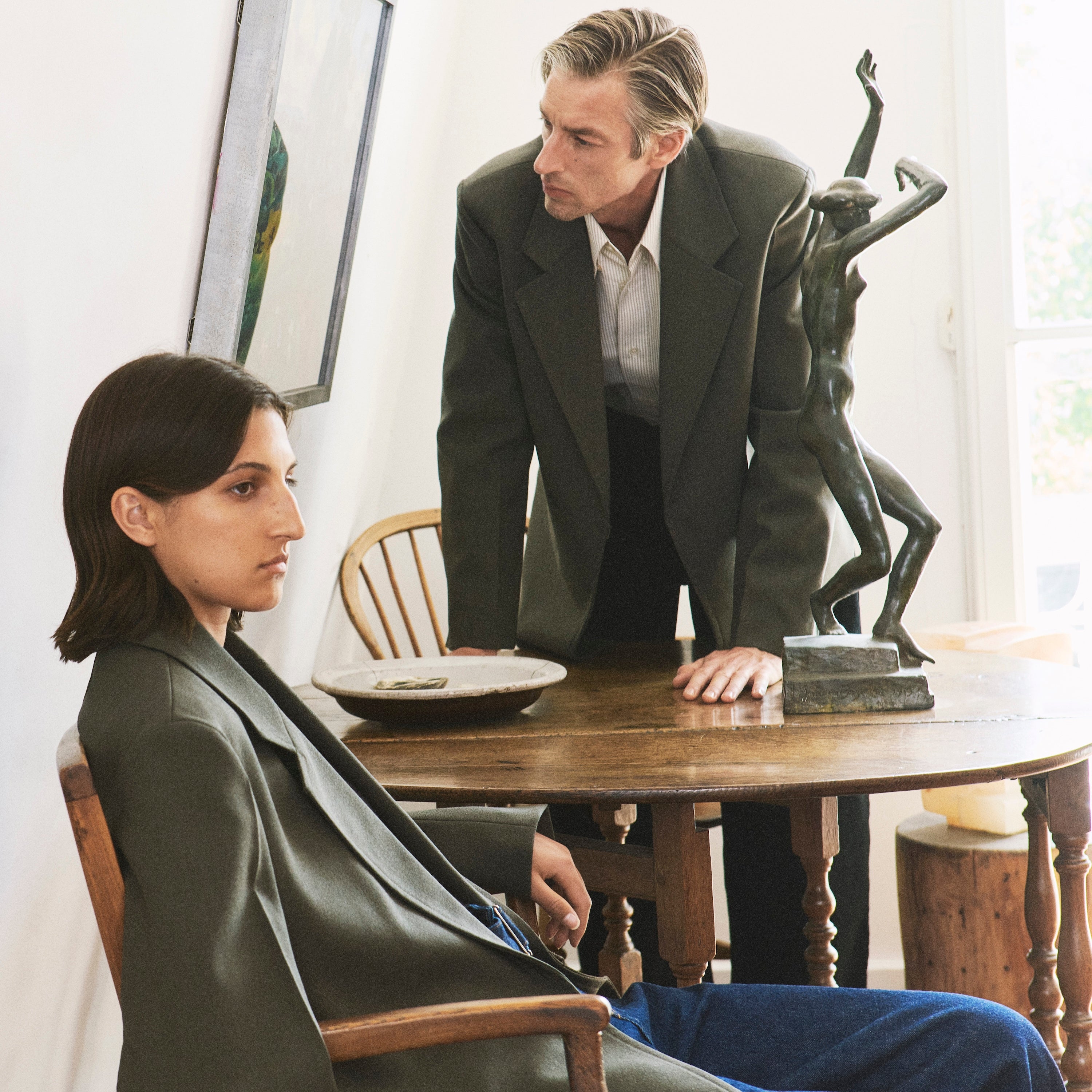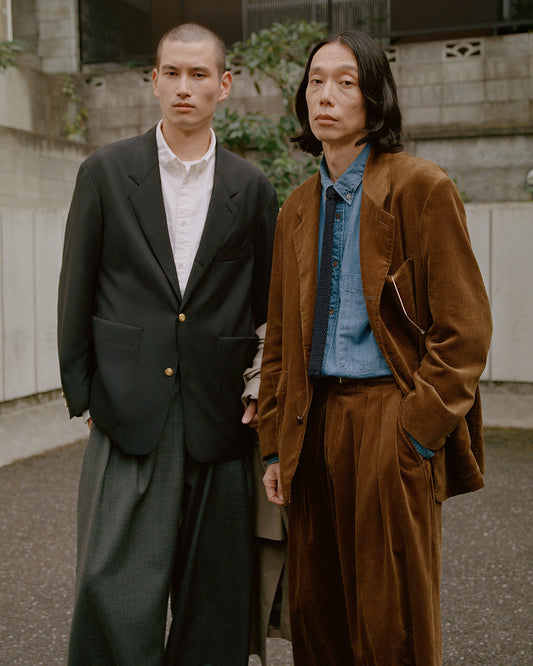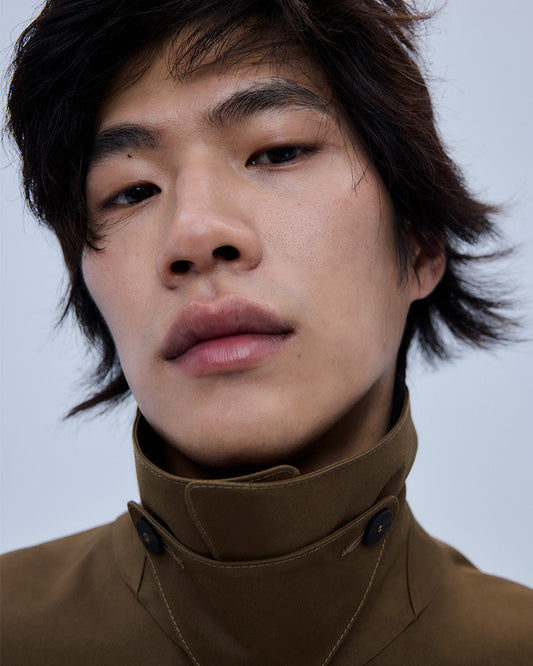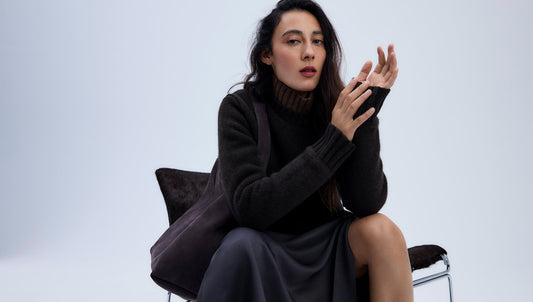Estate agents are known for many things but being stylish isn’t one of them. Finding common ground with someone who wears terrible shoes isn’t easy, which is why there was a collective sigh of relief when The Modern House slid onto the real estate scene. Finally – the design literate had an online watering hole, a place to feed their souls with elegantly photographed images of magnificent homes for sale. Brutalist apartments, modernist mansions, remodelled Victorian gaffs with tasteful kitchen extensions; they had it all. We can snoop around the tidied-up living spaces of people we’ve never met – a first-class formula for nosey folk like us.
LONDON LIFE - IN CONVERSATION WITH CHARLIE MONAGHAN
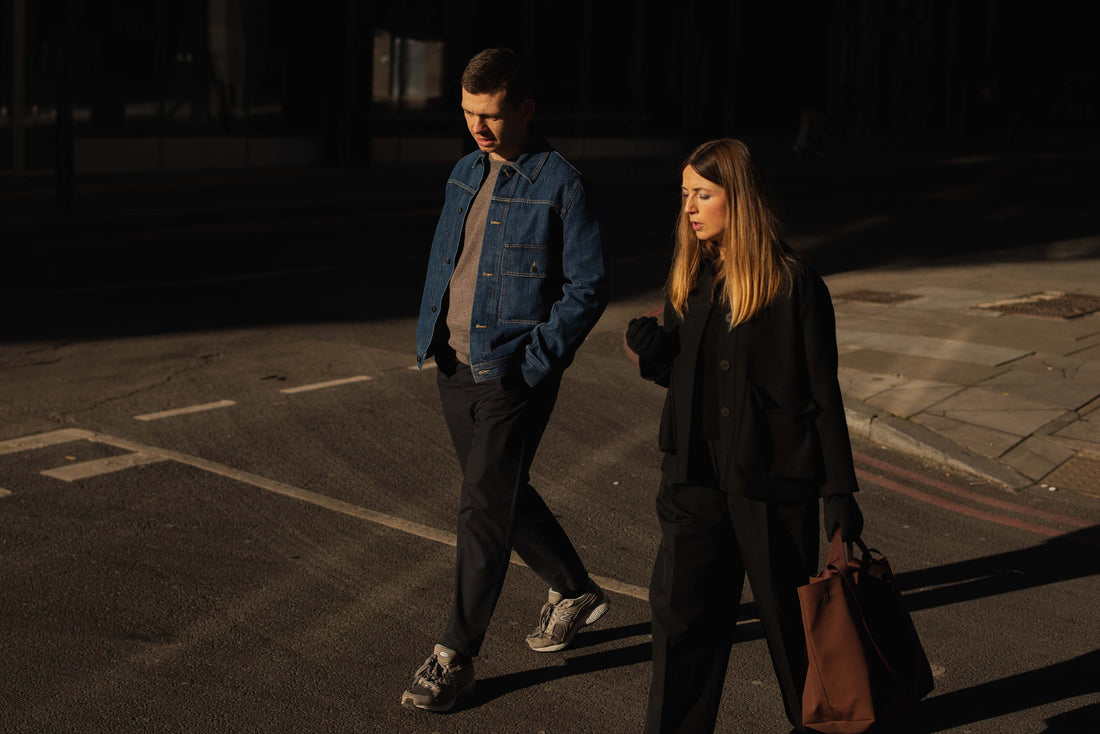
For part three of our In Conversation With series, it was time to saunter around the city with The Modern House’s Head of Editorial & Brand, Charlie Monaghan. A modular wardrobe wearer and friend of the brand, he did a fantastic interview with Studio Nicholson founder Nick Wakeman a couple of years ago at her east London home, and he’s been part of the SN community ever since.
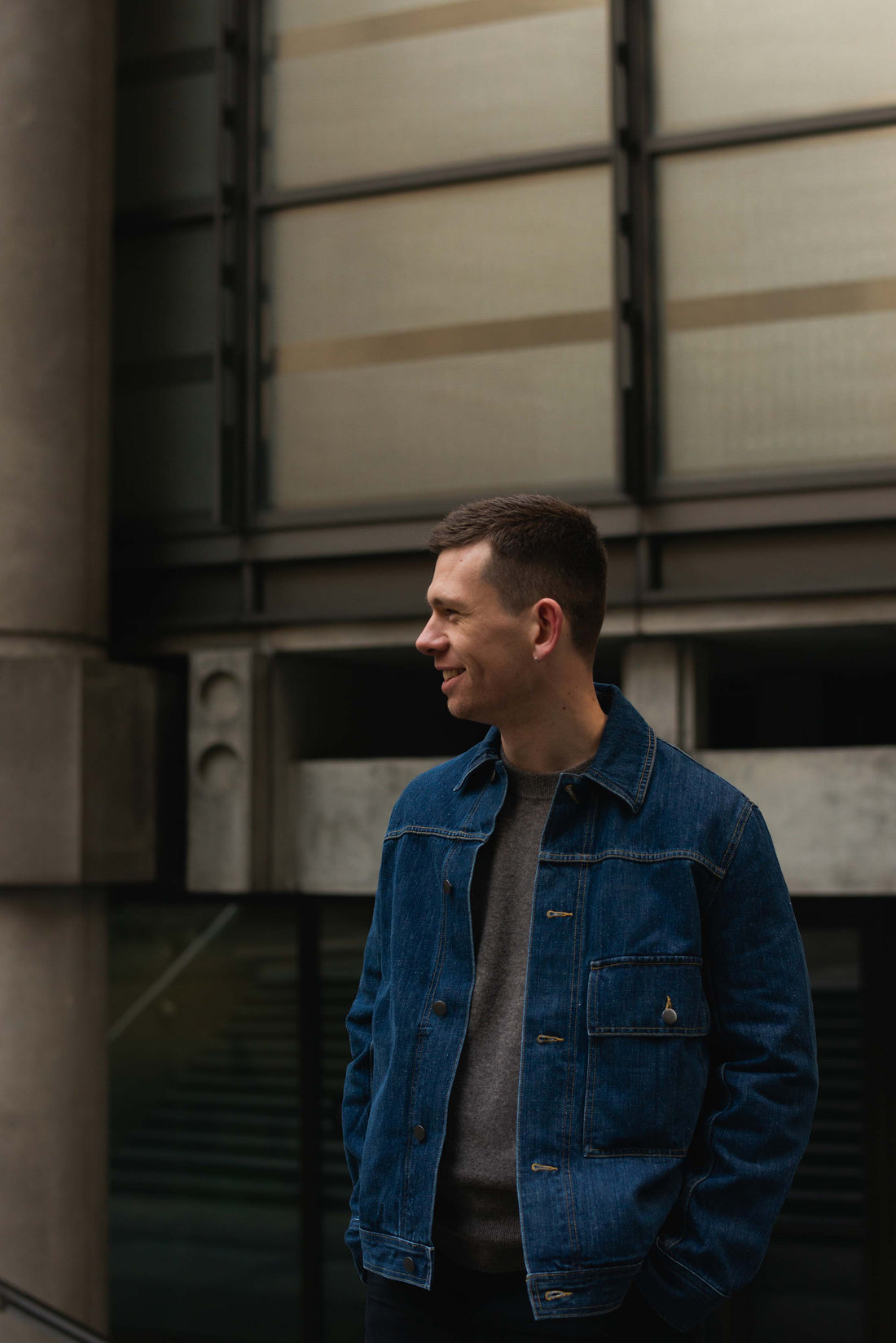
As is the case with previous rambles, the lucky interviewee gets to pick the location. For our pre-springtime stroll, Charlie decided to take us deep into the heart of the City. With a low sun casting dramatic shadows in almost every shot, we clocked twenty-odd thousand steps together, craning our necks to take in the skyscrapers before venturing back towards the more traditional beauty of Spitalfields.
A born and bred Londoner, Charlie grew up in High Barnet (best known for being one of the final stops on the Northern Line). He strides the capital’s streets with an ease that comes from being raised in one of the world’s busiest cities, barely flinching as sirens roar past us; manoeuvring effortlessly around oncoming human traffic as we make our way to the ‘square mile’. When I asked what it felt like, growing up in the sprawling metropolis, he explained, “High Barnet is suburbia, which means living there is a bit of an odd experience; it’s a sort of liminal space, neither in nor out. You’re an outsider – looking in. But, like a lot of people who grow up in London’s suburbs, things shift when you’re a teenager and you start visiting different parts of the city with friends. I remember going to gigs or shopping on Brick Lane and feeling genuinely excited to discover the city I’d lived in my whole life.
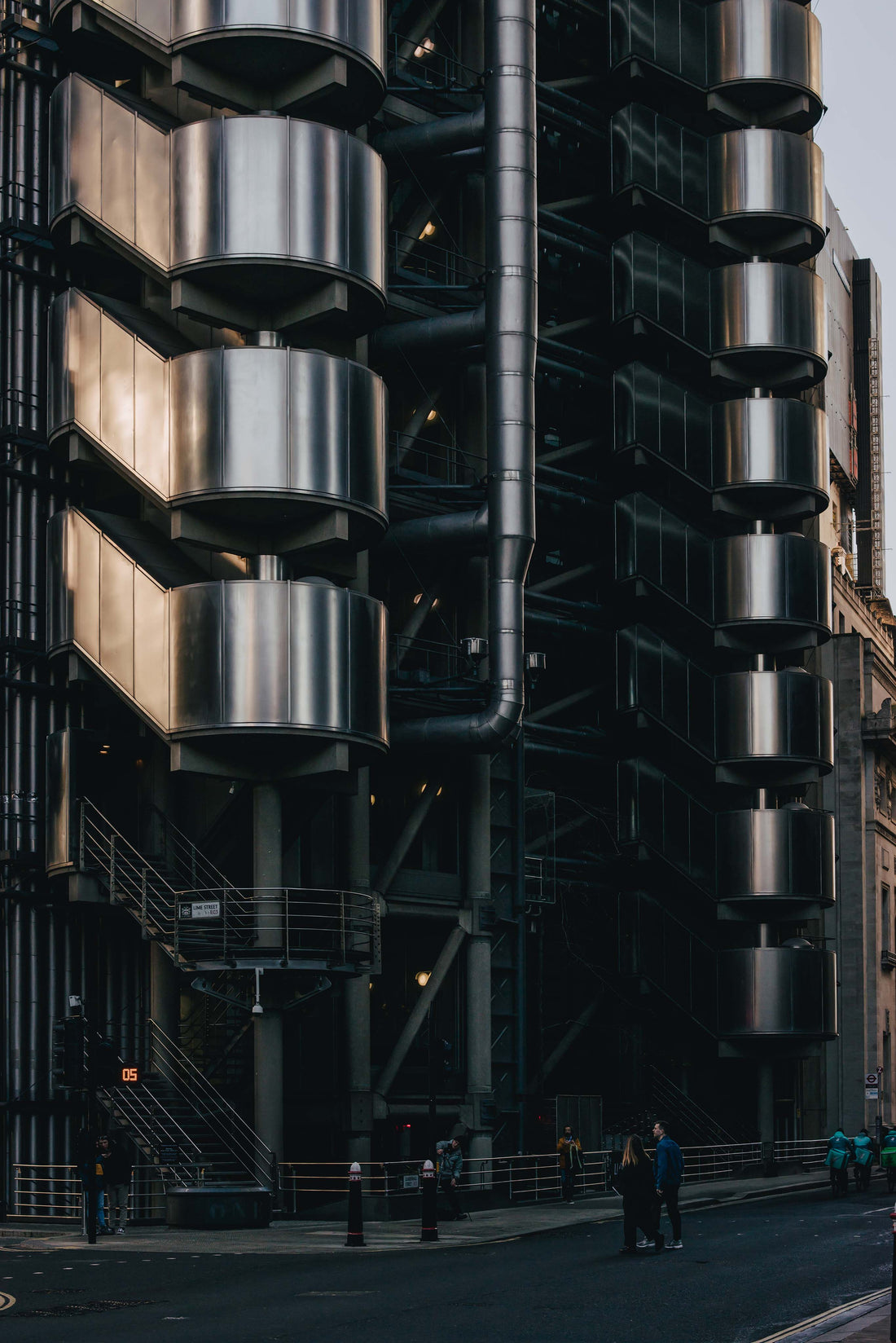
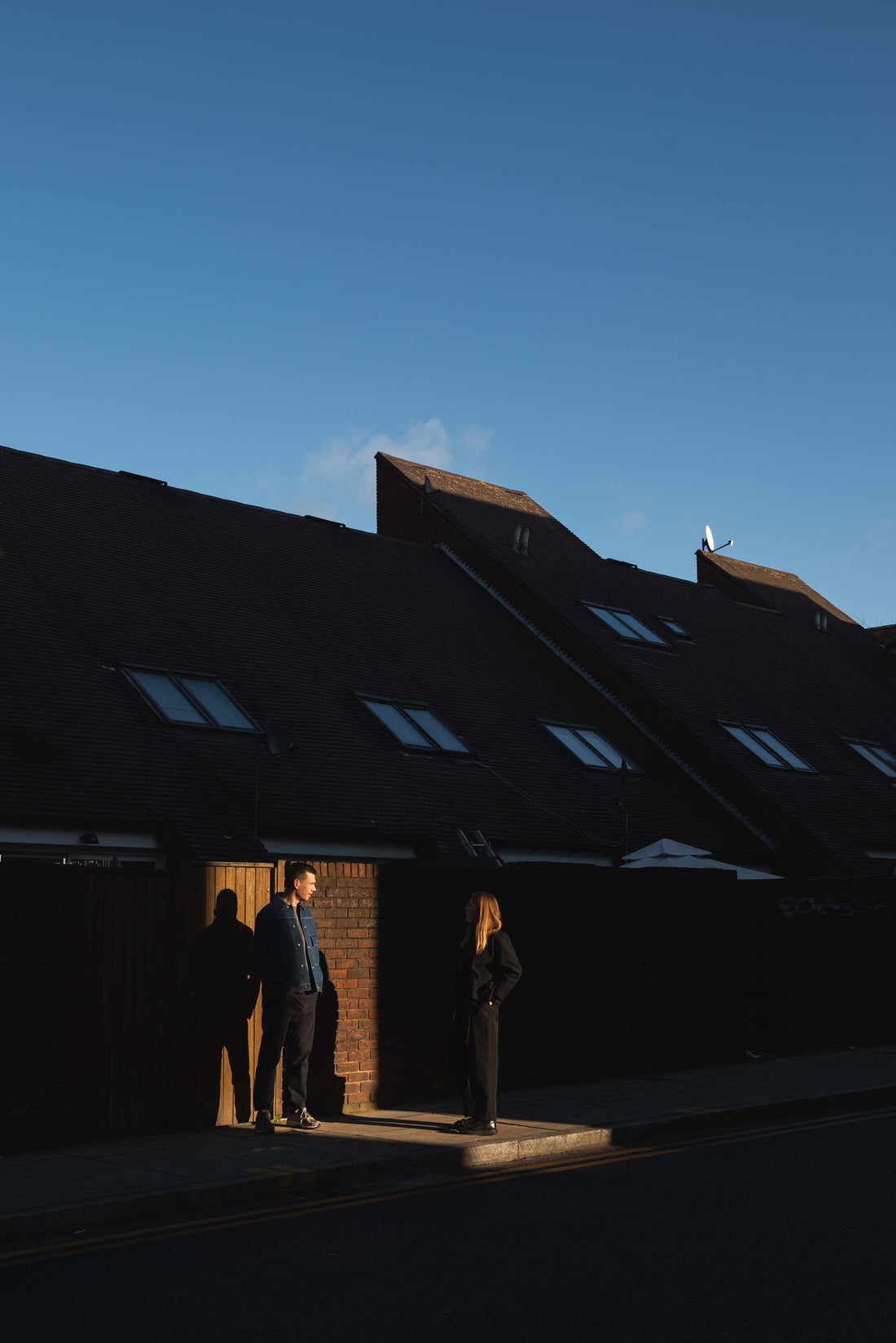
I think what London (and the U.K.) does so well is subculture. There is such a long and rich history of music, fashion and art coming together to define particular moments in time. I think if you live in London those moments and their legacies are unavoidable, even if they aren’t consciously experienced. But in a way, I think I’m actually envious of people who didn’t grow up in London. I think moving here comes to represent something more significant and means you make more of it. For me, I always took living here for granted, so I never had that feeling of arriving in this big, cultural city with its unlimited possibilities - which seems like such a romantic idea.”
We weave past Liverpool Street station and make our way towards the Grade I listed Bladerunner-esque Lloyd’s building designed by Richard Rogers. It’s one of Charlie’s favourites, but with eyes in the sky and hefty security guards edging towards us, we have to figure out pretty quickly where best to take Charlie’s portrait. Genevieve works fast. She snaps her magic and we all step back to admire the exposed staircases and external glass lifts. Often described as an outstanding example of futuristic ‘inside out’ architecture, it remains an iconic and integral part of the London skyline, despite being completed in 1986.
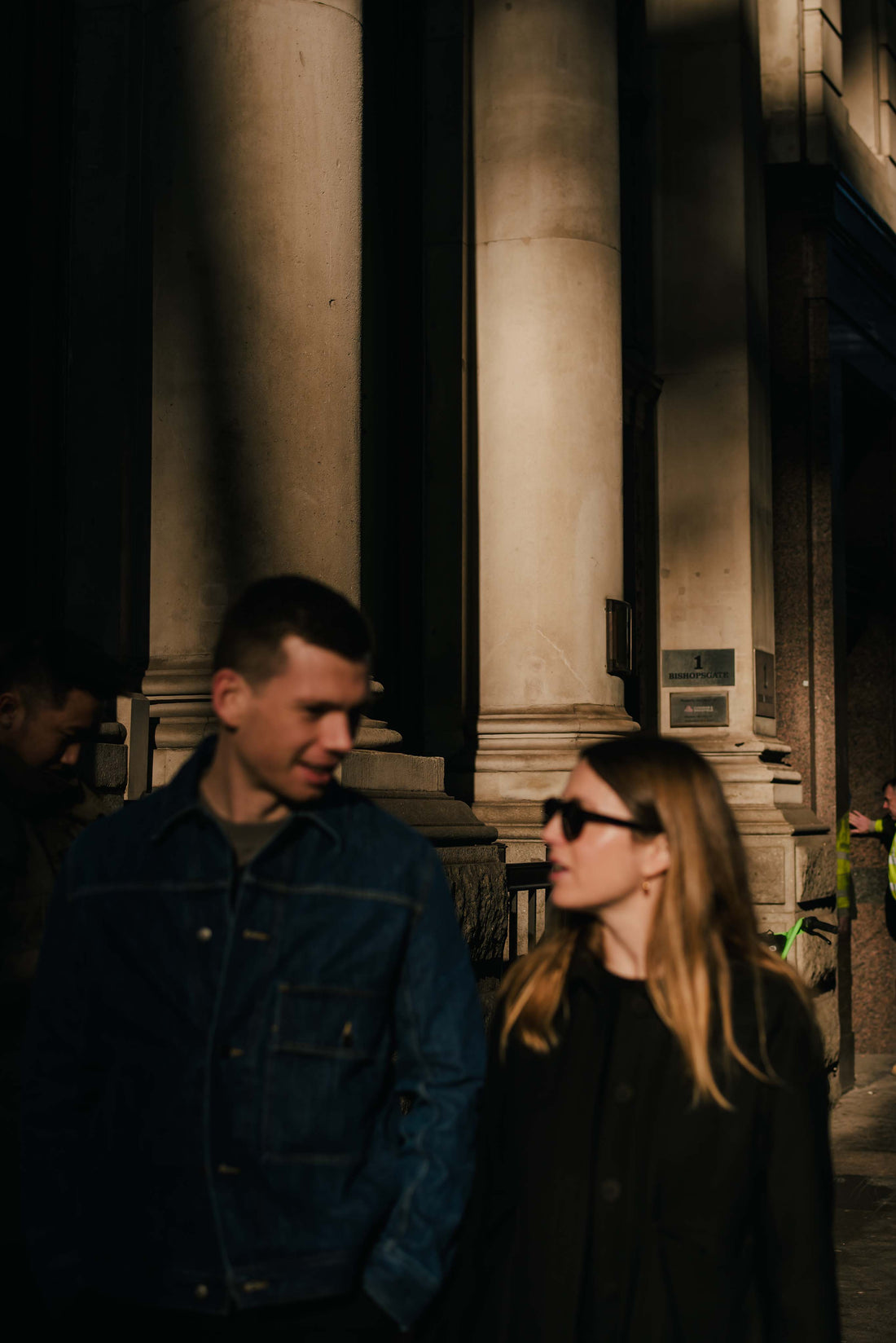
When I prod him to tell me why he chose this part of town, he described how “London for me, is all about the mix. What I’m drawn to when it comes to interiors – a sense of cohesion, simplicity, coherence – is the opposite of what I want from cities. I like complexity and layers, the new and the old, different cultures, different food – a real mixed bag. There’s Brick Lane with its south Asian communities; the city with its concrete and steel, and Shoreditch which… Well, I’m not really sure what Shoreditch is anymore! But it’s an area where the layers of London are so visually stark – on Fournier Street you have 18th century houses backdropped by glass skyscrapers. It’s a reminder that what’s good about London is that it never stays still and keeps evolving.”
There was a brief spell in Bristol, where he studied Classics. But once the partying and university exams were over, Charlie decided he didn’t want to move straight back to London. The allure of living abroad took him to Japan, where he’d landed a job as an English teacher in one of the so-called ‘conversational schools’. After clocking off, he spent time exploring. Grinning, he said, “I’ve never had much of a life plan; I make decisions on impulse and instinct. That year in Japan was incredible. I read a lot, watched films and spent my weekends going to galleries and museums. I took day trips out of town hiking, eating, visiting onsens (hot springs). I was fascinated by everything there; the way people behaved, the formalities, the calmness, the appreciation of the natural world. There is a strong emphasis on the detail of well-made things and a lack of overly decorative elements (at least in architecture). It’s a place defined by a strong sense of aesthetics and design sensibilities.”
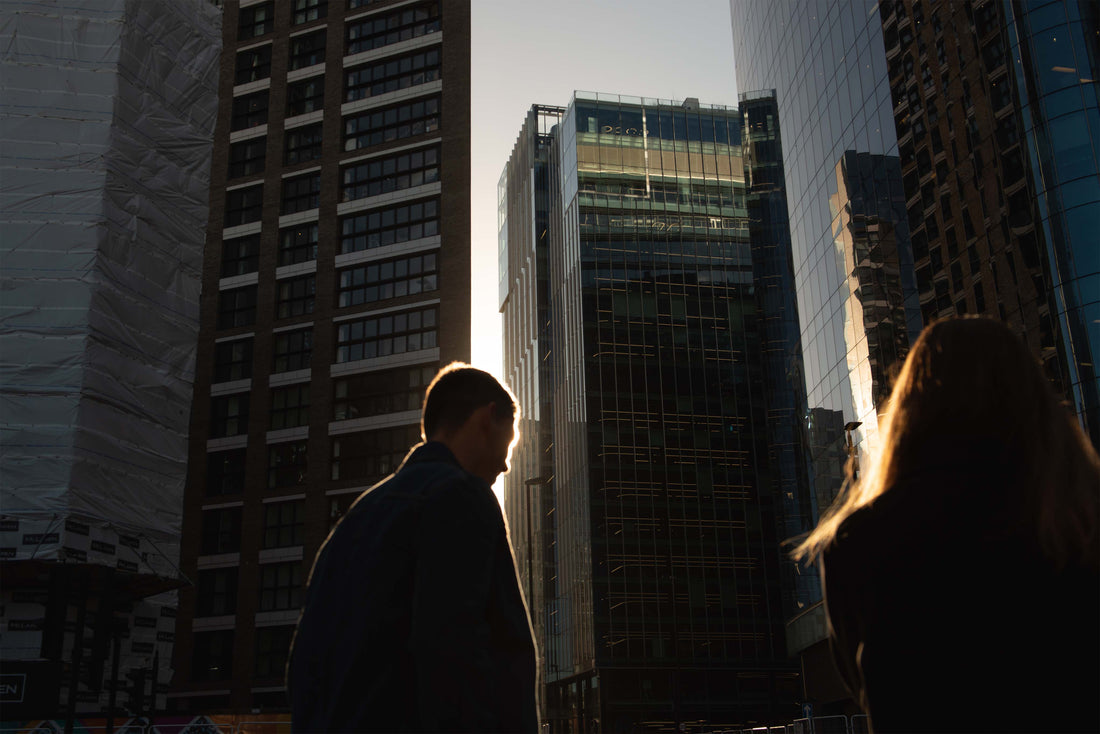
After returning, he worked at Monocle for a bit. His first ‘proper’ job, he learned by osmosis. It taught him about the importance of perspective and tone of voice – but more so, how in a modern media world, being clear about your point of view is the way to cut through the noise and find an audience. A brilliant training ground for his next gig at The Modern House. When asked what makes it so popular, Charlie remarked, “It comes back to authenticity. Matt and Albert, the founders, worked as design editors for publications like World of Interiors,Wallpaper* and national newspapers before they started The Modern House. They loved architecture, design and good storytelling. Their lightbulb moment was to treat homes for sale in an editorial way, with magazine-worthy photography and well-researched, well-written descriptions.
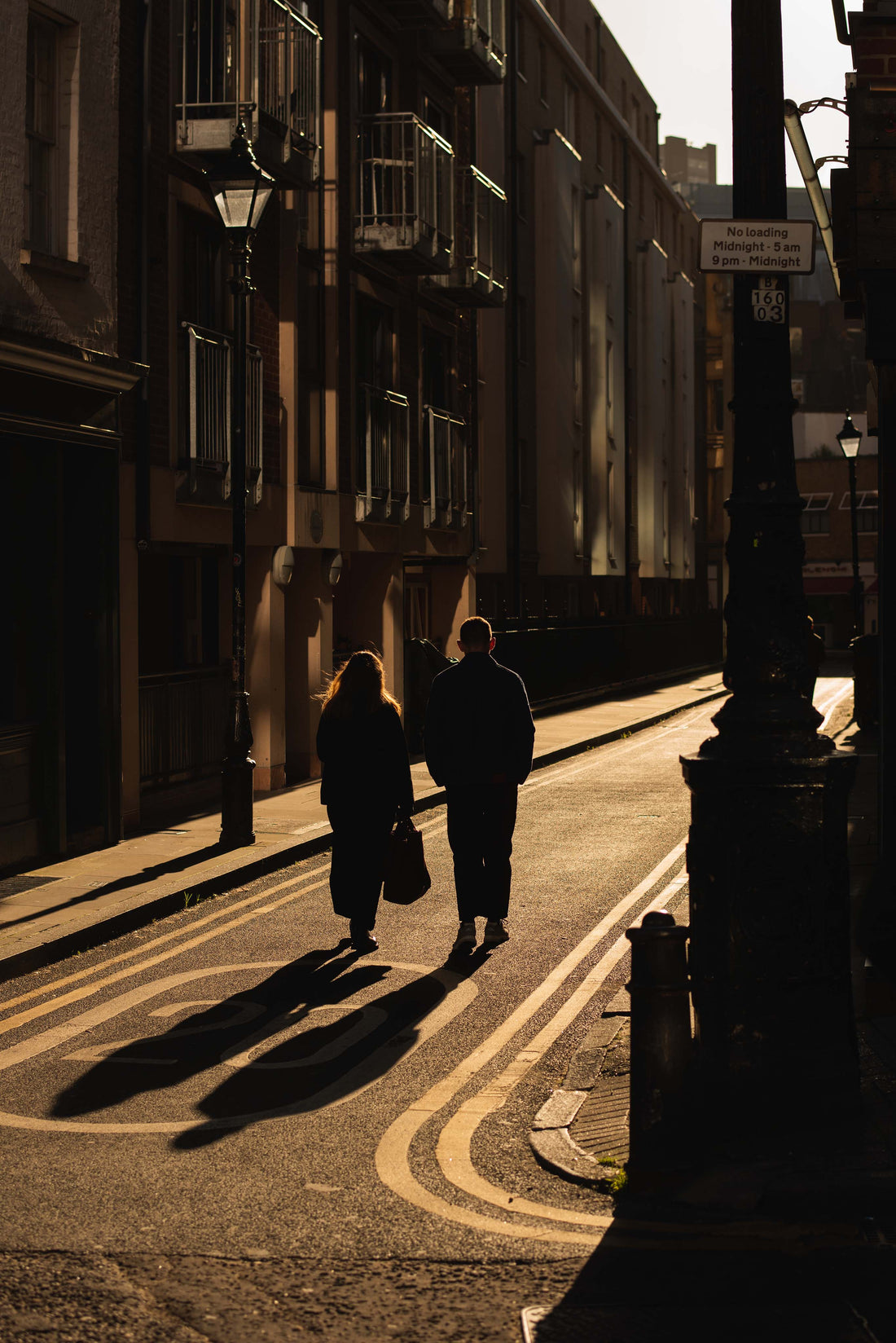

It helps that the bar was so low. Estate agents are one of the least trusted professions. And, for something that has so much value – homes – both monetarily but also its significance in our lives, the level of care and attention in marketing them has historically been pretty awful. We genuinely believe a thoughtfully designed home can add value and improve your life, and our content speaks to that. Then there are the people we get to meet and do editorial features on. What greater job could there be than talking to talented people from the worlds of architecture, food, design, fashion, art and beyond? We get to learn from them, hear their story, get their perspective and find out what home means to them. That will never get old.”

